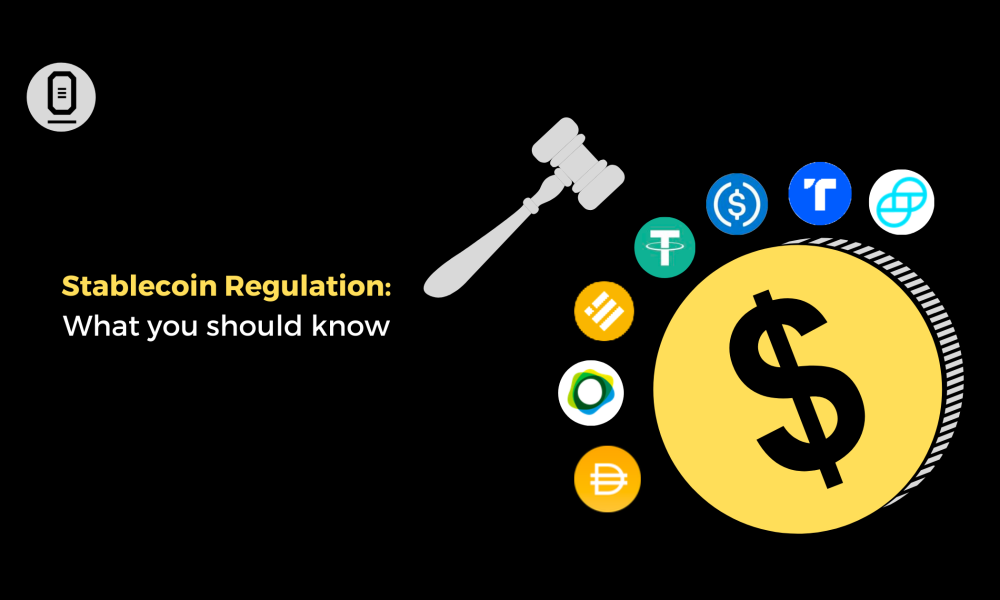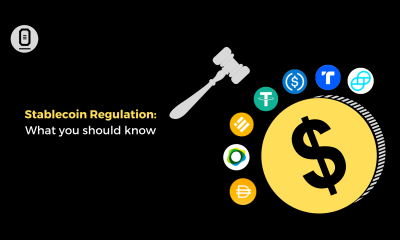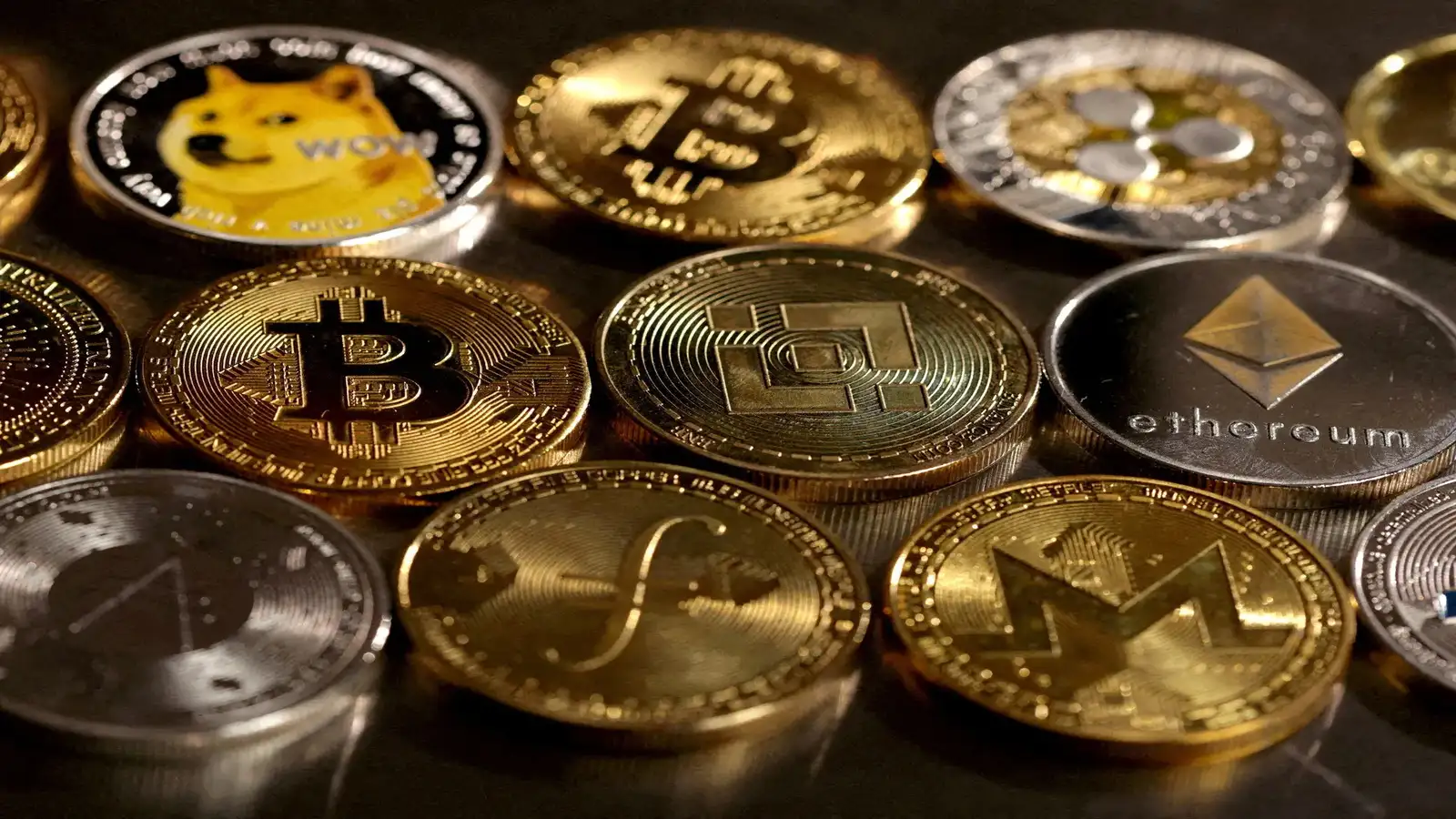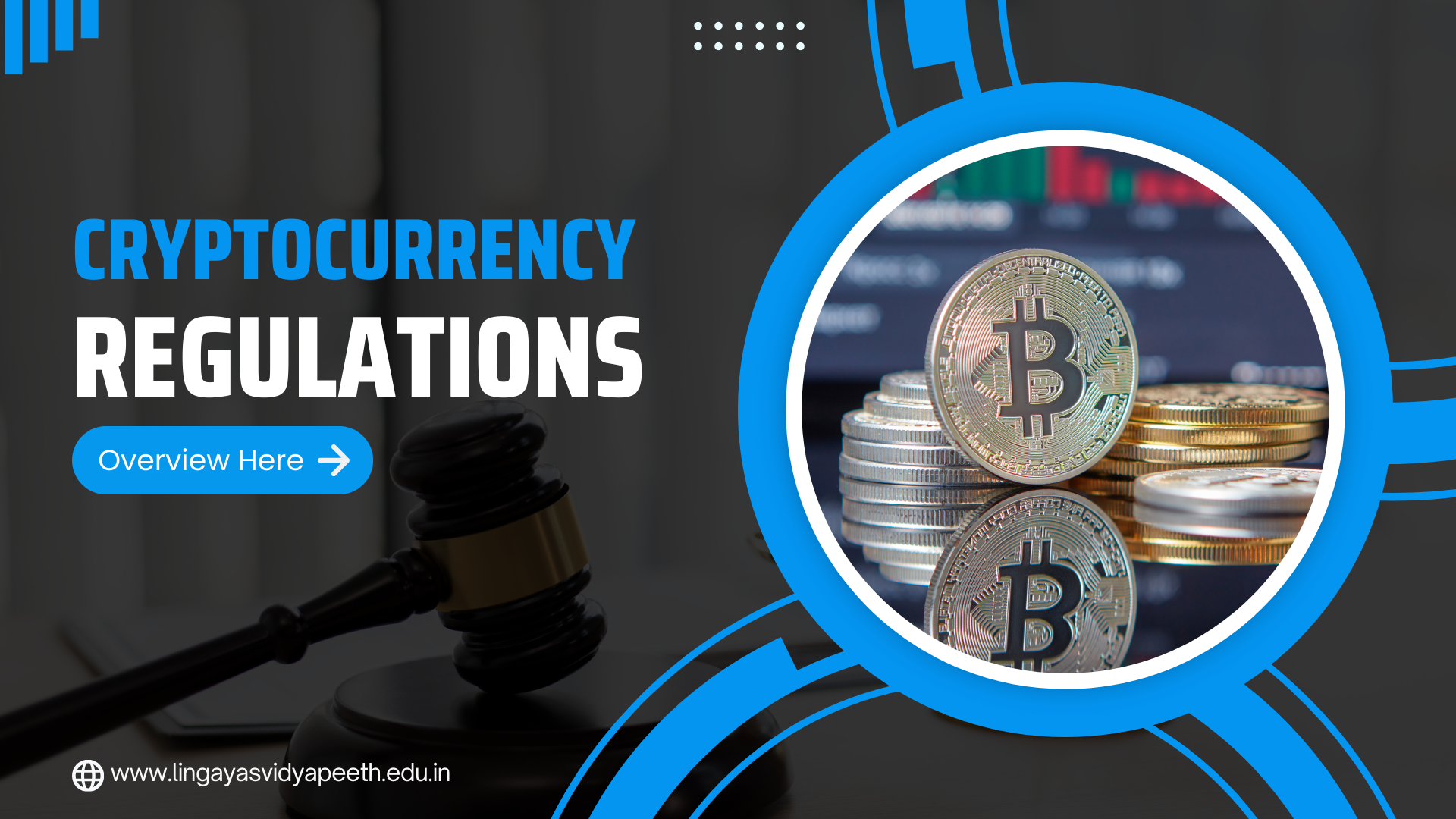


Opinion: Stablecoins and the new fight for monetary influence Stablecoins have quietly turned the U.S. dollar into 24/7 software. With Washington now writing a rulebook for...



WLFI pops as whales return — and USD1’s steady growth gives it a tailwind World Liberty Financial’s token (WLFI) just flipped the script. After tagging an...


Tether, the world’s leading stablecoin issuer, is gearing up to expand its operations in the United States, focusing on institutional clients. This strategic move follows the...


The Challenge of De-Dollarization De-dollarization involves shifting away from using the U.S. dollar in international trade and finance. For African countries, this shift is seen as...


US and EU Talks Signal Acceleration Toward Global Crypto Policy Alignment In recent developments, regulators from the United States and the European Union have intensified their...


XRP Ledger Surges in Popularity: Payments, DeFi, and Tokenization Shine The XRP Ledger (XRPL) is stepping into the spotlight, drawing fresh attention for its growing role...


South Korea’s central bank, the Bank of Korea (BOK), has recently paused its central bank digital currency (CBDC) project. This decision comes as the country shifts...
SoFi Technologies to Reintroduce Cryptocurrency Services by End of 2025 SoFi Technologies, a prominent financial services company, is set to reintroduce cryptocurrency services by the end...